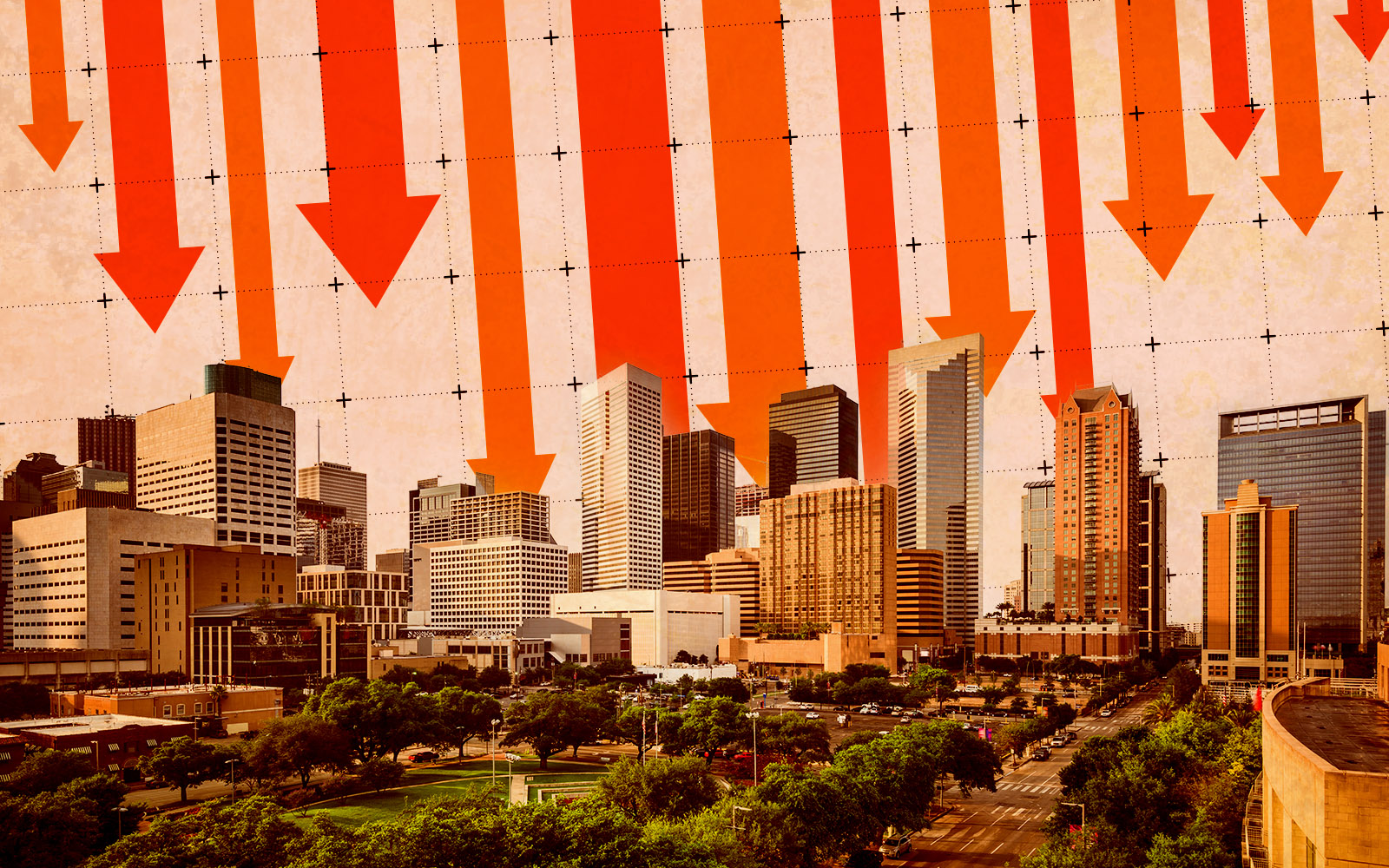Data about office foot traffic in Houston is giving leasing agents a glimmer of hope amid ballooning distress and foreclosures.
Houston leads the nation’s top 10 metros in weekly occupancy, according to Kastle Systems. The report tracks foot traffic in office buildings via swipes of Kastle access cards to estimate occupancy.
Houston had an average occupancy rate of 61 percent the week of June 7 to 14. Austin, narrowly lagged, with a 58 percent occupancy rate during the same timeframe.
Chicago rounded out the top three at nearly 55 percent. The nation’s top 10 metros had an average occupancy of less than 50 percent, indicating a relatively slow return to office.
While it led in average occupancy, the Bayou City narrowly trailed Chicago in peak-day occupancy with Chi-town logging in at 68.7 percent compared to Houston’s 68.6 percent. Office occupancy everywhere varies throughout the week, but Houston was the only top-performing metro to never dip below 40 percent occupancy Monday to Friday.
Real estate insiders have critiqued Kastle Systems’ metric, saying it’s not an accurate barometer because its card swipes don’t represent enough of the market. In New York City, insiders suggest the access system’s metric misses hundreds of buildings — particularly those with the highest attendance rates — leading to an undercount in occupancy.
Office vacancy in Houston sat at 26 percent in the first quarter of 2023, the fourth consecutive quarter of occupancy losses after 2022 saw a decline in new supply. Total vacancy increased 50 basis points year-over-year with a 221,000-square-foot decrease in net absorption, while leasing activity saw a 29 percent decline.
The Houston office market is struggling as office-reliant businesses continue to downsize. Real Capital Analytics found office sales were down 56 percent in Houston year-over-year, falling from $765 million in the first quarter of 2022, to $333 million in the first quarter of 2023.
Read more



